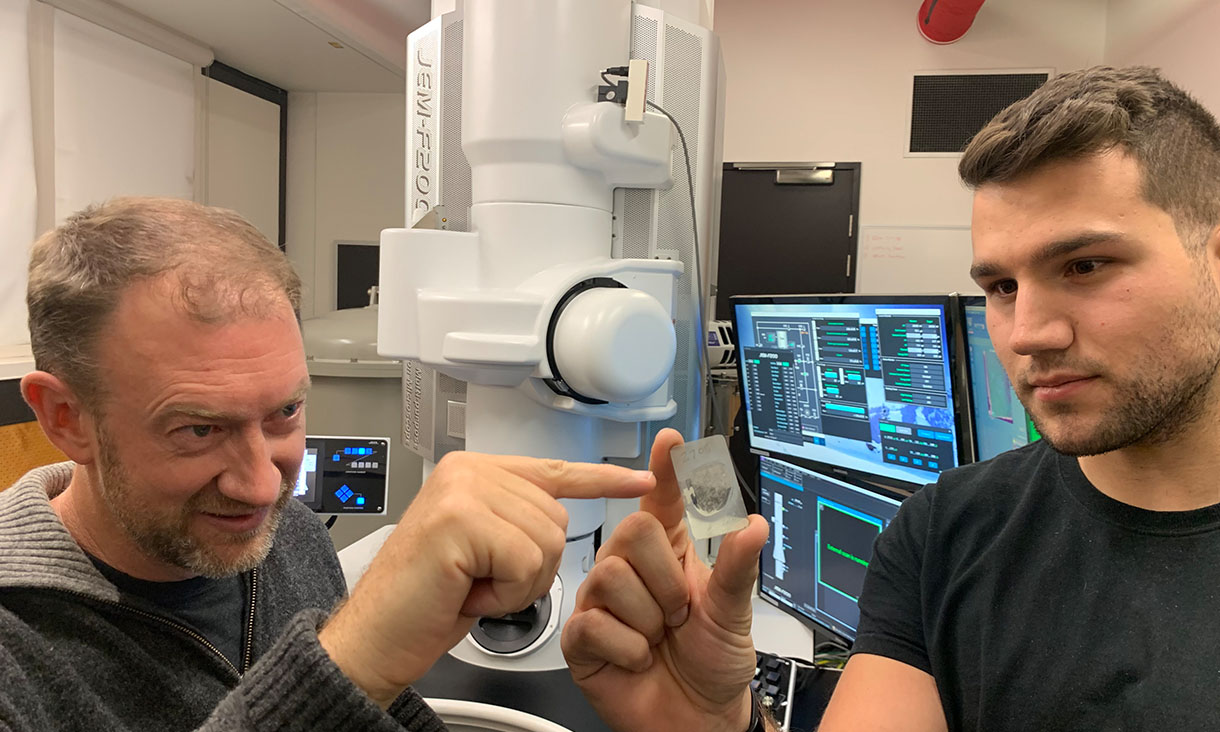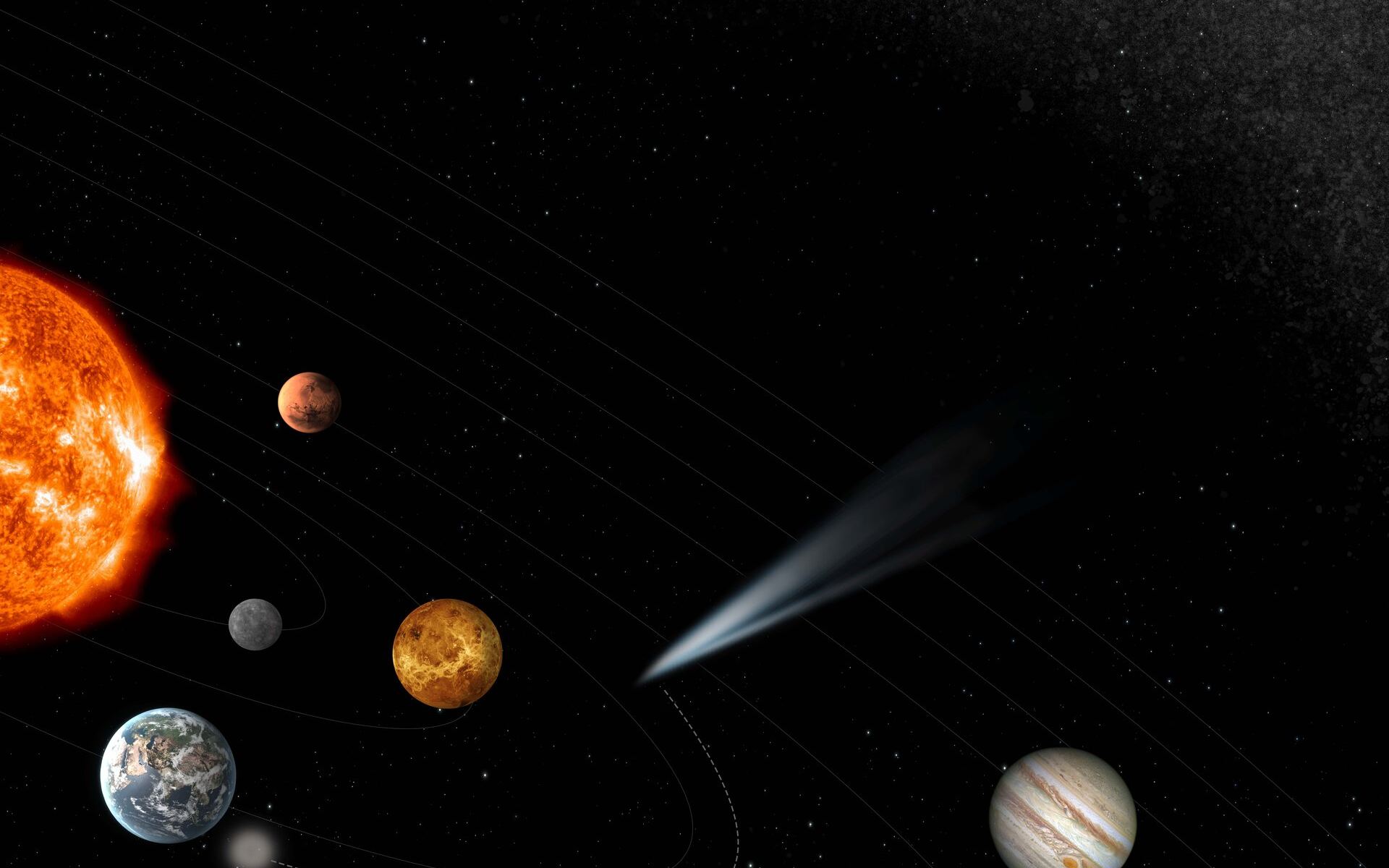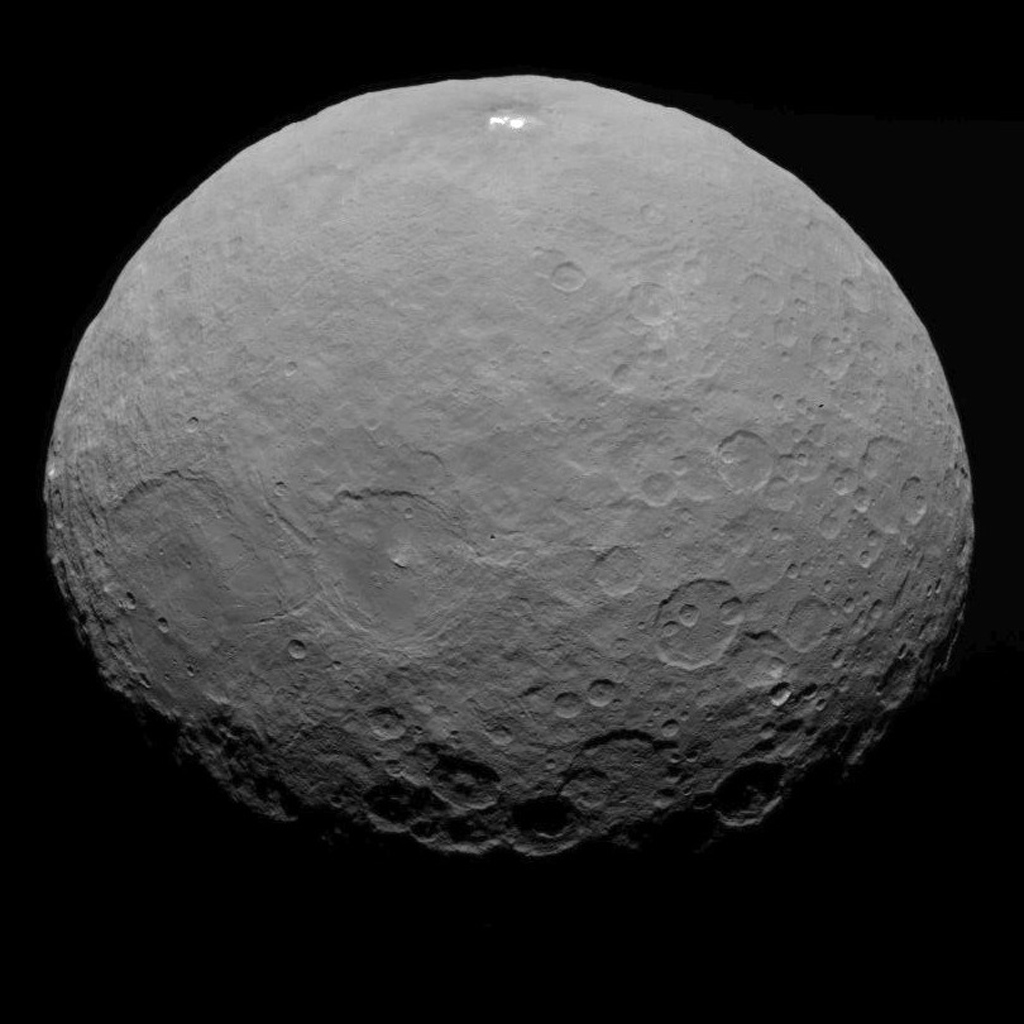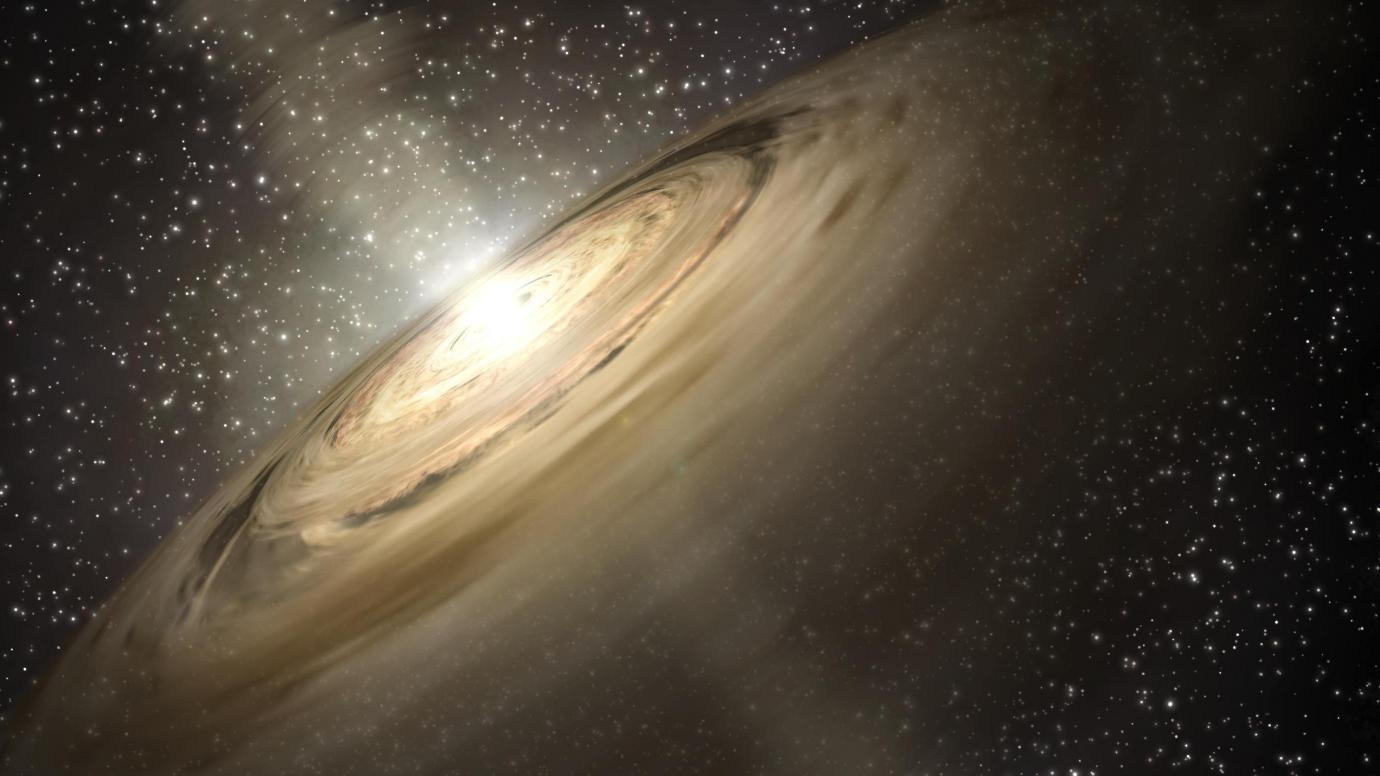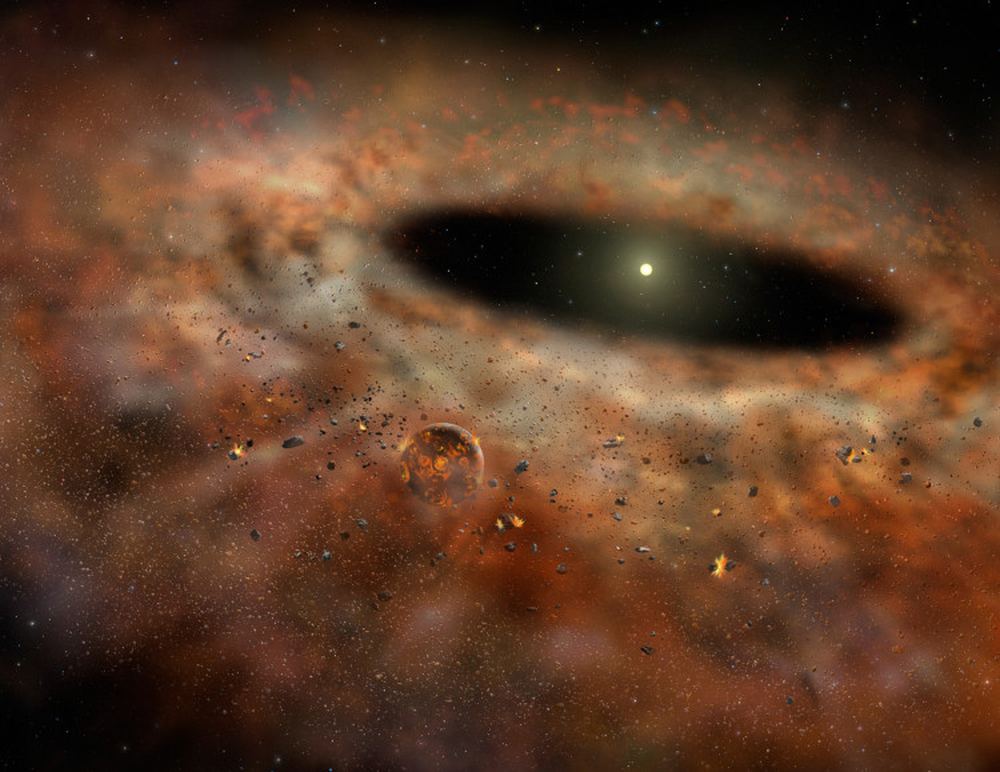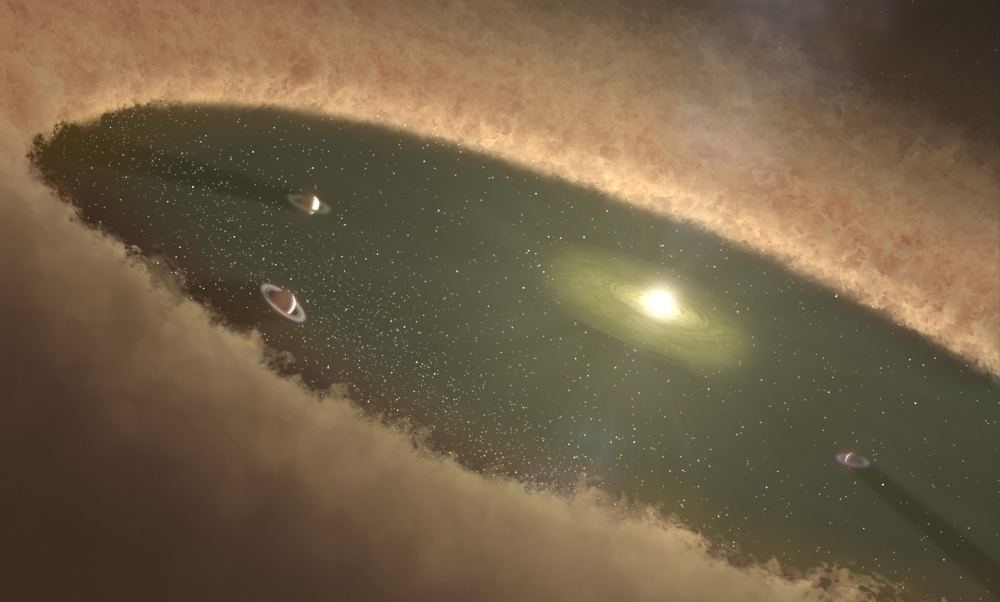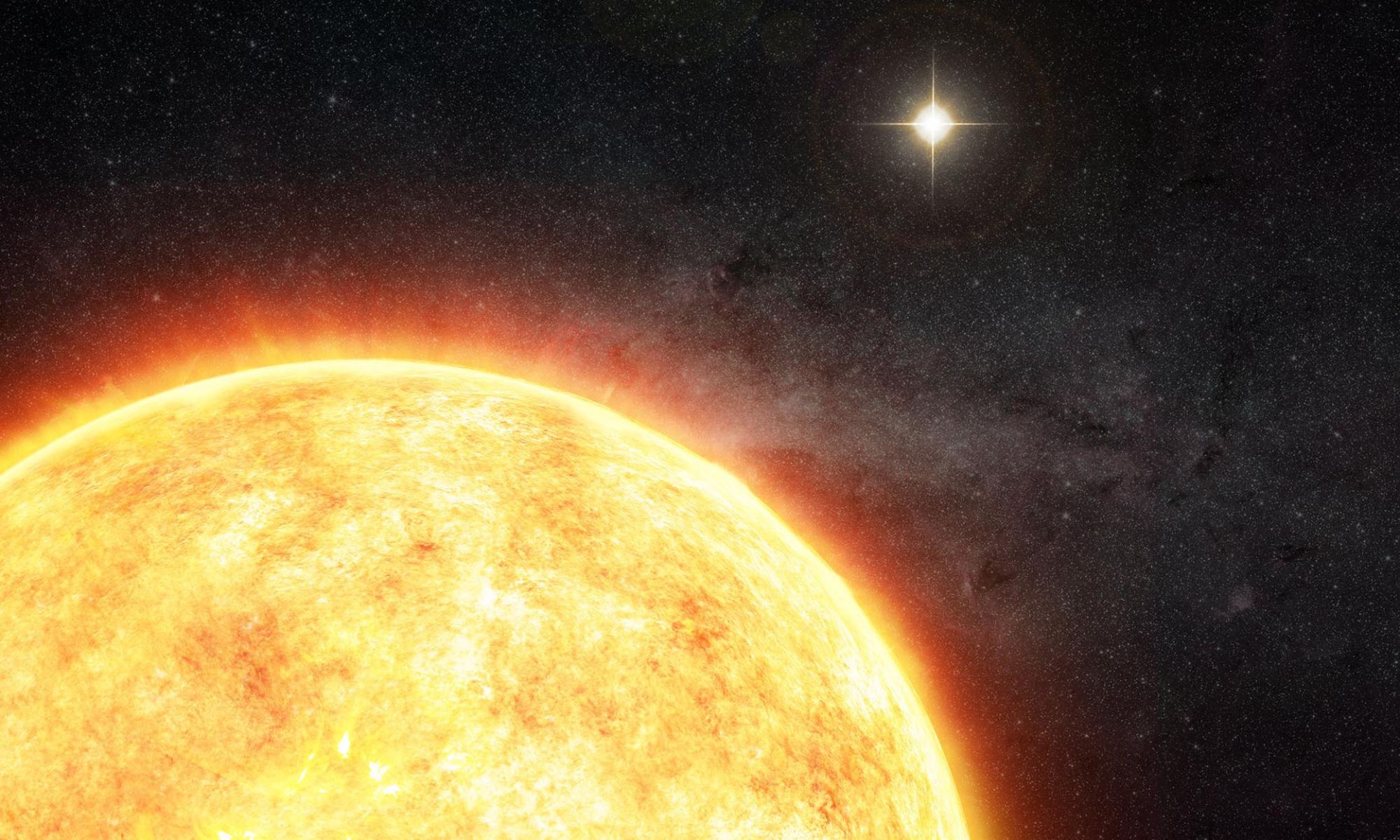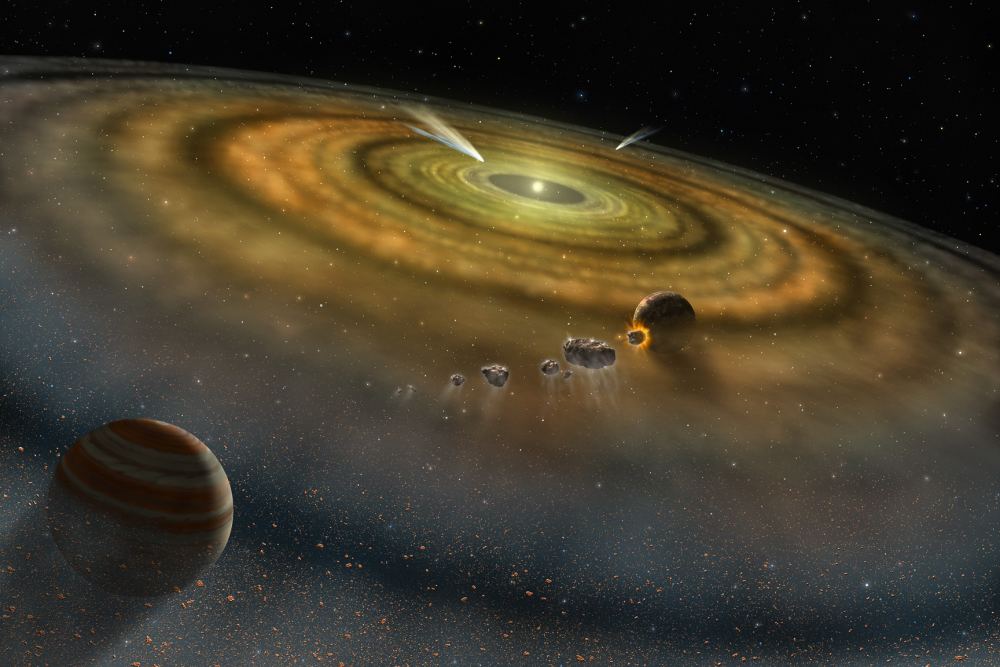In a recent study published in the Proceedings of the National Academy of Sciences, an international team of researchers led by Monash University in Australia have verified the existence of a rare hexagonal structure of diamond called lonsdaleite, within ureilite meteorites from the inside of a dwarf planet that formed approximately 4.5 billion years ago.
Lonsdaleite is named after Dame Kathleen Lonsdale, a famous British pioneering crystallographer responsible for developing several X-ray methods for studying crystal structures, and was the first woman elected as a Fellow to the Royal Society in 1945. This study holds the potential for further unlocking the secrets of the formation of our solar system, and was conducted with collaboration from RMIT University, the Australian Synchrotron and Plymouth University, and CSIRO.
Continue reading “Space Diamonds are Even Harder Than Earth Diamonds”
